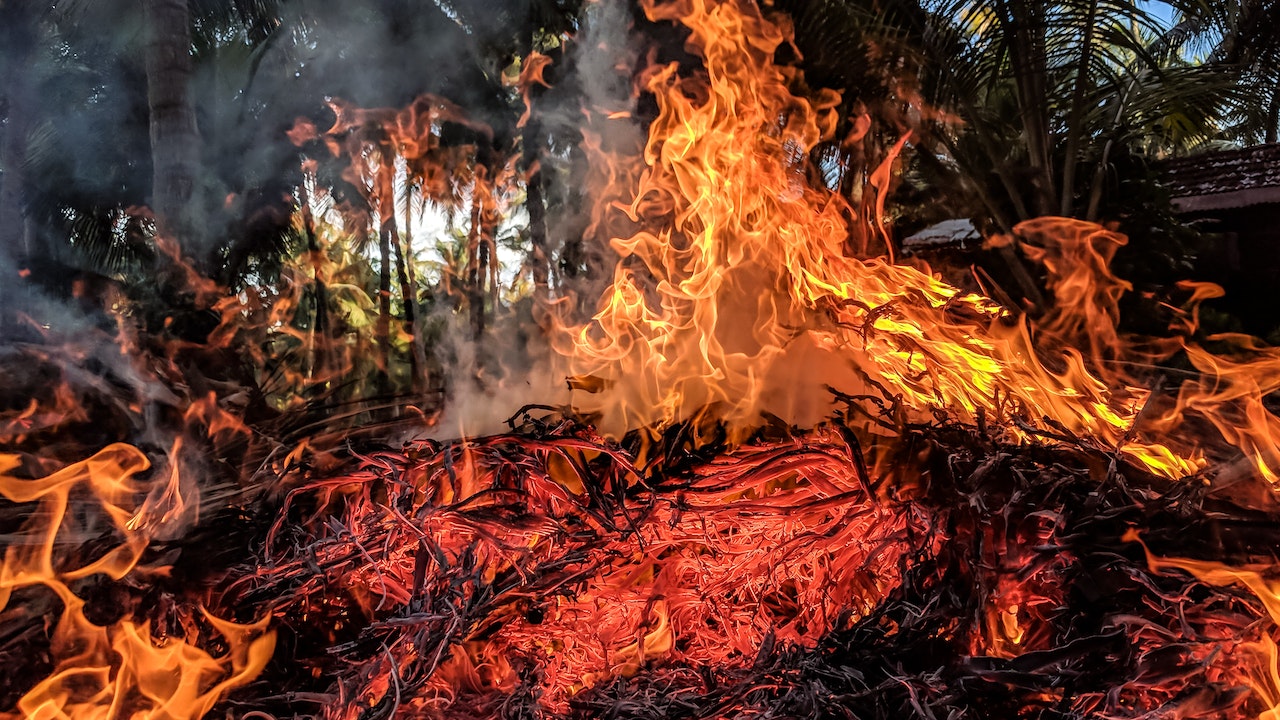Burning Questions: Exploring the Mysteries of Wildfires
Burning Questions: Exploring the Mysteries of Wildfires and Unveiling the Intricacies of Their Ignition, Fuel, Spread, Behavior, and Environmental Impact, amidst the Context of Climate Change, Fire Management Strategies, Community Safety, and Wildlife Protection.

Wildfires are natural disasters that have fascinated and captivated humans for centuries. They are awe-inspiring in their destructive power, leaving behind a trail of devastation and raising numerous questions about their origin, behavior, and impact. In this blog, we will delve into the mysteries surrounding wildfires, unraveling their complexities and shedding light on the science behind these raging infernos.
The Spark of Ignition
The first burning question that arises when discussing wildfires is how they start. While some wildfires are ignited by natural causes like lightning strikes, the majority are caused by human activities. Careless campfires, discarded cigarettes, and even intentional arson contribute significantly to the ignition of wildfires. Understanding the role of human factors helps highlight the importance of responsible behavior in preventing these disasters.
Fueling the Flames
The second mystery revolves around the fuel that sustains wildfires. Wildfires typically feed on dry vegetation, such as dead leaves, fallen trees, and grasses. These combustible materials act as the primary source of fuel for the flames, enabling their rapid spread. Additionally, the presence of flammable substances, such as oil or gas leaks, can exacerbate wildfires, turning them into more destructive infernos.
The Spread and Behavior of Wildfires
Wildfires exhibit unique behavior that perplexes scientists and firefighters alike. The direction and speed of their spread can be influenced by various factors, including wind patterns, topography, and the moisture content of the vegetation. Understanding these variables is crucial for predicting and managing wildfires effectively.
The Environmental Impact
Wildfires have far-reaching consequences on the environment. The release of smoke and particulate matter during a wildfire significantly contributes to air pollution. The toxic gases and fine particles emitted can harm human health, degrade air quality, and have long-term impacts on ecosystems. Furthermore, the loss of vegetation and destruction of habitats can disrupt wildlife populations, leading to long-term ecological imbalances.
The Role of Climate Change
A burning question in the context of wildfires is the influence of climate change. Rising global temperatures and changing weather patterns are creating favorable conditions for more frequent and intense wildfires. Droughts and extended periods of heat contribute to the drying of vegetation, turning forests and grasslands into potential tinderboxes. Understanding the link between climate change and wildfires is crucial for developing effective strategies to mitigate their impacts.
Fire Management Strategies
Efficient fire management strategies play a vital role in preventing and combating wildfires. Controlled burns, also known as prescribed fires, are conducted intentionally to reduce excess vegetation and decrease the likelihood of catastrophic wildfires. Additionally, advancements in technology, such as early warning systems and satellite monitoring, enable quicker detection and response to wildfires, minimizing their spread and impact.
Protecting Communities and Wildlife
The safety of human communities and wildlife in the face of wildfires is a significant concern. Effective evacuation plans, community preparedness, and robust firefighting efforts are essential for safeguarding lives and property. Conservation efforts focused on protecting wildlife habitats and promoting ecosystem resilience are equally critical for preserving biodiversity in fire-prone regions.
Conclusion
Wildfires remain a powerful force of nature, capable of both destruction and renewal. Exploring the mysteries surrounding these natural phenomena allows us to deepen our understanding of their causes, behavior, and impact on the environment. By addressing the burning questions surrounding wildfires, we can work towards developing proactive measures to prevent, manage, and mitigate their devastating effects. Through responsible behavior, scientific research, and collective action, we can strive to strike a balance between fire's potential dangers and its ecological role, creating a safer and more sustainable future.










